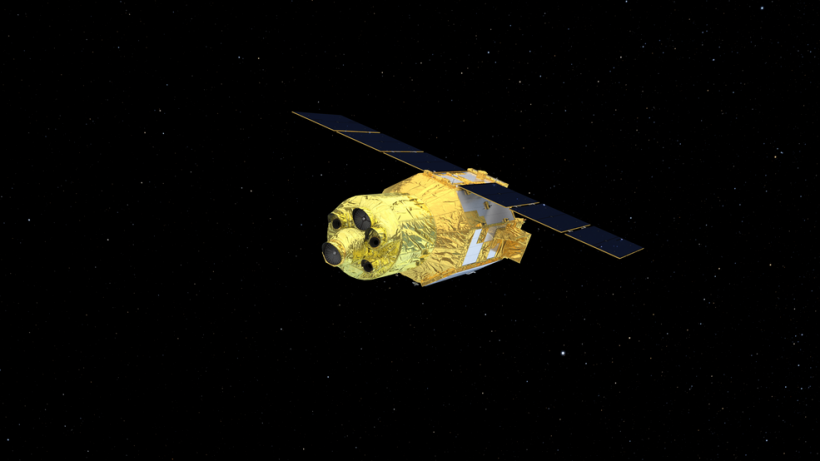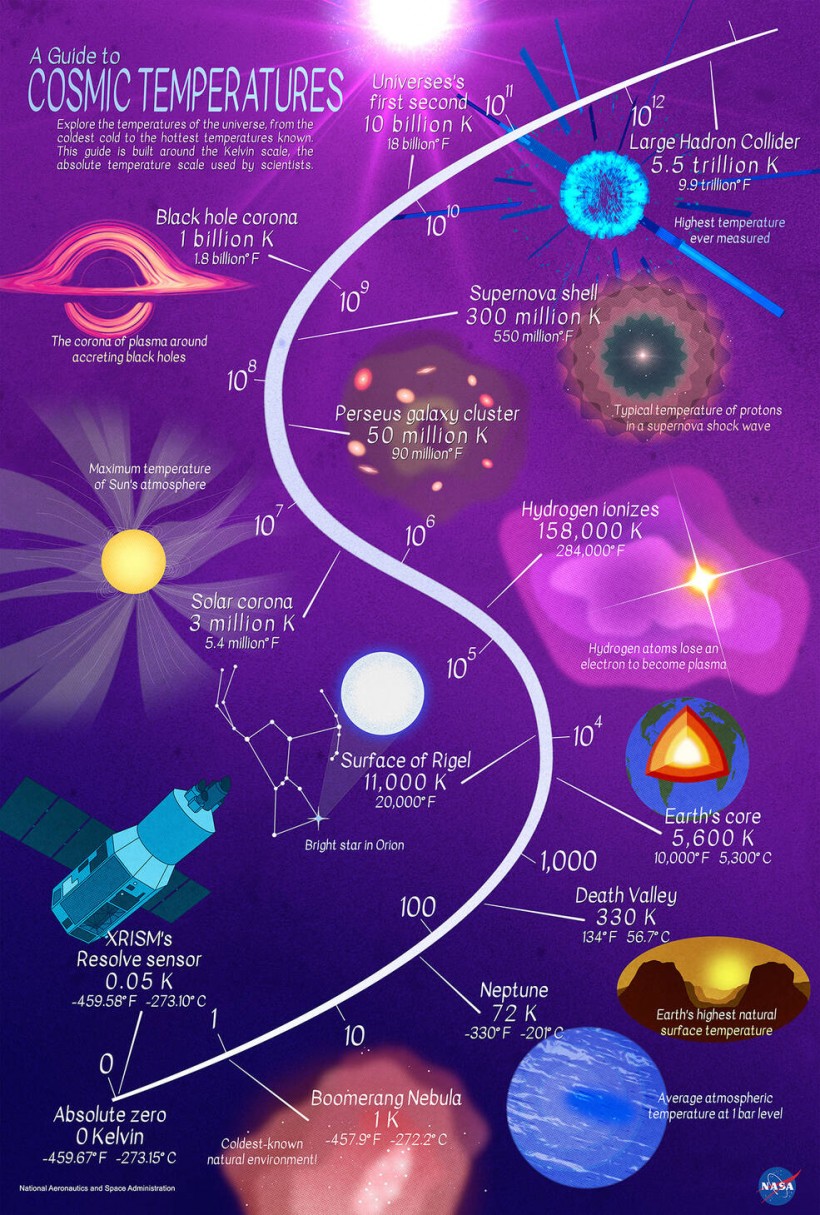Japan's X-ray Imaging and Spectroscopy Mission (XRISM) observatory, slated for launch on August 26 (local time), is poised to unveil some of the universe's hottest places using an instrument colder than the current known frostiest cosmic location.
The observatory's Resolve instrument, forming an integral part of XRISM, is set to revolutionize our understanding of cosmic X-ray sources.
As Richard Kelley, NASA's XRISM principal investigator at the Goddard Space Flight Center in Maryland, said, "We anticipate many new insights about the hottest objects in the universe, which include exploding stars, black holes and galaxies powered by them, and clusters of galaxies."

A novel satellite named XRISM (X-ray Imaging and Spectroscopy Mission), phonetically pronounced as "crism," is gearing up to disentangle high-energy light into a spectrum akin to an X-ray rainbow. Spearheaded by the Japan Aerospace Exploration Agency (JAXA), this mission is orchestrated through a device referred to as Resolve. XRISM is slated for liftoff from Japan's Tanegashima Space Center on August 25, 2023 (August 26 in Japan's local time).
NASA's Infographic Visualizes Cosmic Temperatures
Presenting a visualization of cosmic temperatures, a newly released NASA infographic underscores the vast range.
Anchoring the scale is absolute zero Kelvin, equivalent to a chilling 459.67 degrees below zero Fahrenheit (or minus 273.15 Celsius). In an astonishing revelation, XRISM's Resolve instrument operates at only a few hundredths of a degree above absolute zero.
This temperature is remarkably colder than the Boomerang Nebula, acknowledged as the coldest naturally existing environment, and it's approximately 50 times colder than deep space's temperature, which is mildly warmed by the cosmic microwave background, the oldest light in the universe, according to NASA.
The rationale behind maintaining such extreme cold is rooted in the instrument's operational principle. It measures the minuscule temperature surge caused by the impact of X-rays on its detector.
This intricate process compiles a comprehensive depiction of the source's brightness across diverse X-ray energies analogous to the colors in visible light. Furthermore, this data enables astronomers to discern chemical elements through their distinct X-ray signatures, known as spectra.
Read Also: More Americans Prefer NASA Missions Against Killer Asteroids Instead of Mars Expeditions: Survey

Japan XRISM's Secondary Instrument
Brian Williams, NASA's XRISM project scientist, talked about how significant the Resolve instrument is, saying, "With current instruments, we're only capable of seeing these fingerprints in a comparatively blurry way. Resolve will effectively give X-ray astrophysics a spectrometer with a magnifying glass."
Alongside Resolve is XRISM's secondary instrument, Xtend, an X-ray imager. Developed by the Japan Aerospace Exploration Agency (JAXA) in conjunction with Japanese universities, Xtend performs simultaneous observations with Resolve, furnishing complementary insights.
The two instruments depend on identical X-ray Mirror Assemblies, a product of the Goddard Space Flight Center. Marking a collaboration between JAXA and NASA, with the European Space Agency (ESA) also contributing, XRISM embodies a collective endeavor.
NASA's involvement encompasses scientific participation from the Canadian Space Agency, thus solidifying a shared pursuit of unraveling the mysteries of the universe's most blazing domains.
Related Article: NASA's Nancy Grace Roman Space Telescope Could Find 400 Earth-Mass Rogue Planets, New Study Reveals










